A good storyteller knows that the first step to crafting a compelling story isn’t jumping into the builder; it’s taking time to prepare and map out your ideas. By working through foundational questions—who you’re making this story for, what you want them to learn, how you can connect with them most effectively—you’ll not only save time later in the creative process, but you’ll increase your likelihood of creating something that’s both interesting and memorable.
Planning an engaging story takes practice, and there are definitely a few tricks to getting it right. To help you master these skills, let’s run through some of the major steps you should take in the pre-production phase of the story crafting process. These include:
- Identifying your target audience
- Defining your key takeaways
- Creating a content inventory
- Drafting an outline
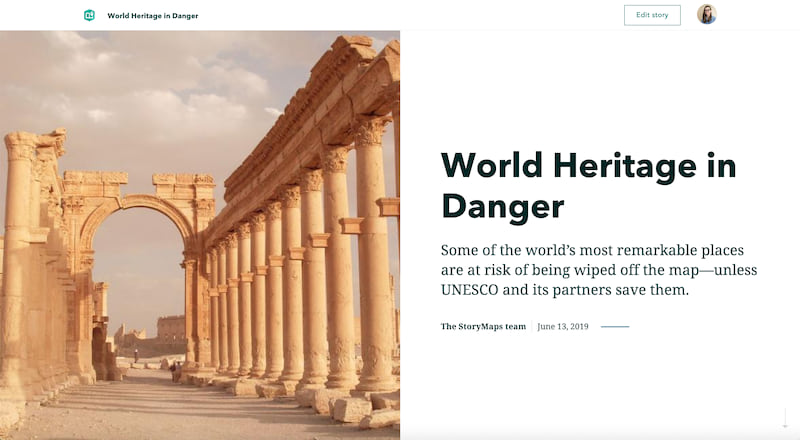
For each step, we’ll start by considering why it matters in the first place, then see how this step played out in three different story maps I’ve worked on recently:
Finally, we’ll conclude each step with a quick run through of questions you can ask yourself to help get this part right, as well as a few tips to keep in mind.
Before we go any further, it’s a good idea to quickly read through the stories. Being a little familiar with each one will make the specific examples I talk about below a lot more helpful (hopefully).
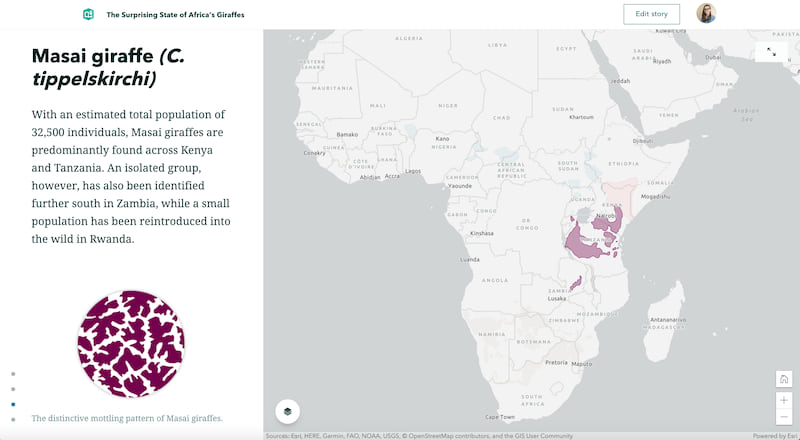
Identify your target audience
An important place to start with any story is determining its intended audience: Who, specifically, are you creating this content for? The answer to this question will have a significant impact on your story’s tone, vocabulary, emotional arc, and permissible level of detail.
You wouldn’t talk to a group of middle school students about the importance of biodiversity the same way you’d talk to a group of postdoc biologists about the same subject. While the overall concepts might be the same, your overall delivery would be wildly different, from how you get them interested in the conversation to the amount of jargon you use. Understanding your audience, then tailoring your story to align with their interests and knowledge is perhaps the most foundational part of creating an effective story.
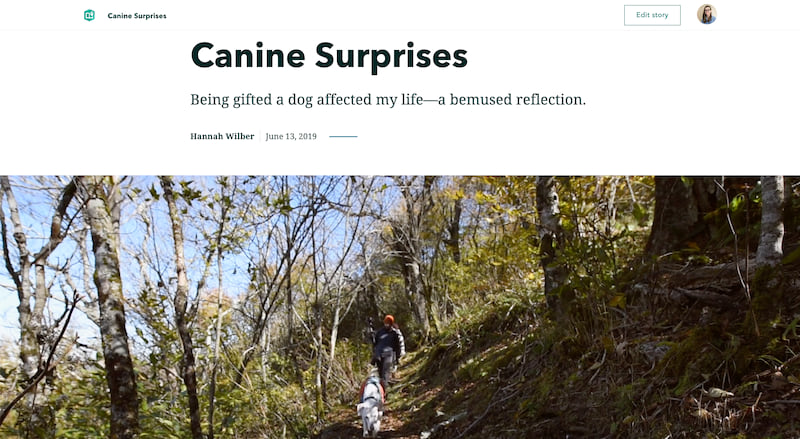
Keys to success:
- Your target audience should never be “everyone.” That’s setting the bar unrealistically high, and it makes it rather impossible to answer the two questions that come next. If you need to target lots of different audiences, repurpose your content and create versions more closely tailored to the needs of each group.
- Ask yourself how much knowledge you can reasonably assume your target audience has about your given subject; if they’re new to it, avoid jargon and keep things focused at a high level; if they’re subject matter experts, don’t bore them by restating the most basic principles.
- Think about how you can make your story relatable to your target audience. Can you include a character in it, with whom they’ll identify? Can you describe a scenario similar to one they’ve likely been in themselves? If you can find a way to relate to your readers, the chances of them hanging on every word of your story increase exponentially.
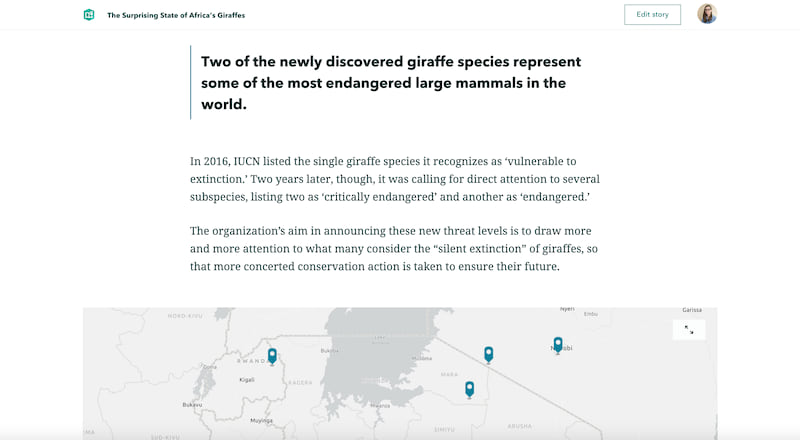
Define your key takeaways
A common pitfall for many storytellers is trying to fit too much into one piece. You might be extremely excited about or invested in your topic, but chances are your readers aren’t—at least to the same degree. Don’t try to throw every single detail at them. Instead, figure out what’s the most important message for them to remember if they only recall one or two things from your story. Write these key points down for easy reference, then be strict about keeping those few takeaways at the center of your work. This will be especially important when you’re creating your outline(s).
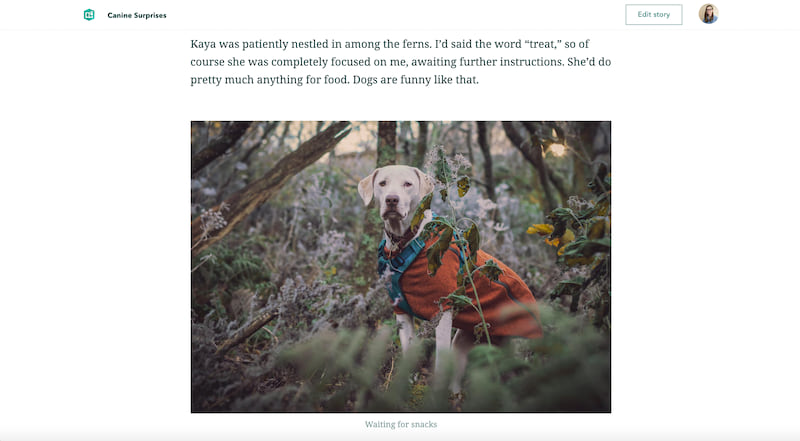
Keys to success:
- Identify your key takeaway(s) by asking yourself why you’re even making this story in the first place; your motivation will usually be closely linked with what it is you want others to know.
- While it’s okay to have more than one key takeaway, you should limit yourself to three at most. Any more than that and you’ll have too many ideas competing for a reader’s attention, which can make their experience draining or confusing.
- This is also a good time to define your story’s goals and success metrics. Is there something you want readers to do, now that they know your key takeaway? How will you know if you’ve successfully spurred them to action? From link clicks, to pageviews, to social shares, there are lots of ways you can measure success; the most appropriate one will depend on your goal.
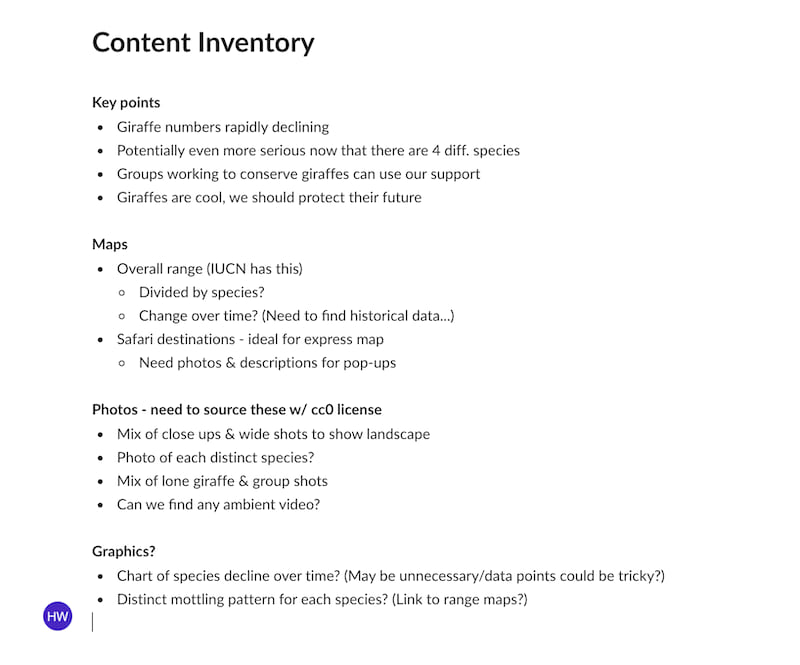
Create a content inventory
Now that you’ve identified your core messages, take stock of what you have—and what you’ll need—to convey these points to your audience. Don’t worry about a specific structure just yet, you can get to that in a moment. But first, come up with a list of the visual assets, data visualizations, anecdotes, etc. that will bring your message to life for a reader, and leave it lingering in their mind. Which of these assets do you already have on hand? Are there maps or infographics you need to make? What about examples you need to track down?
Gathering your different pieces of content now will make it easier to outline and assemble your story. Plus, this exercise can help set expectations for workload by identifying how many things you’ll need to create for a specific story.

Keys to success:
- A variety of media is a must for digital storytelling. Photos, videos, and maps can pull a reader into a story in a way the written word rarely can, so make sure you have enough visual assets to speak to each message in your story. If you’re telling a story about a journey, or series of events, you should have visuals to illustrate each part of the sequence you’re describing.
- Along those lines, you want diversity in the views your media provides. By this I mean a mix of wide shots to set the scene and close-up detail shots that help readers feel like they’re part of the setting. You’ll need both views working together to really transport your audience.
- Make sure your visual elements have a consistent look to them, so they naturally feel like they belong to the same story. Coop used the same color palette for his giraffe graphics and maps, for example, while I drew on colors from my hiking photos with Kaya to determine the aesthetic for my maps.
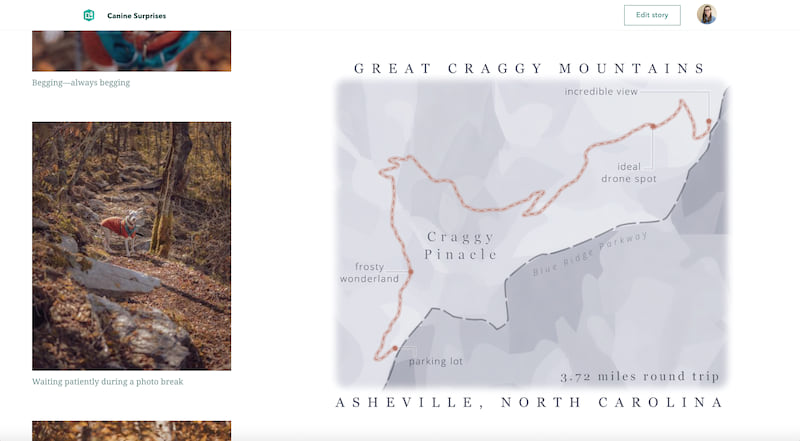
Draft an outline (or two or three)
With your content inventory complete, you can pivot to thinking about how you might weave all these pieces together. One of the easiest ways to do this is by creating a story outline.
Outlines can take a variety of formats, from a simple bulleted list, to a full-blown storyboard, a slide deck, or even a collection of index cards you shuffle around on your desk. The exact format isn’t very important—what matters most is that you choose whichever one makes it easiest for you to experiment and get creative.
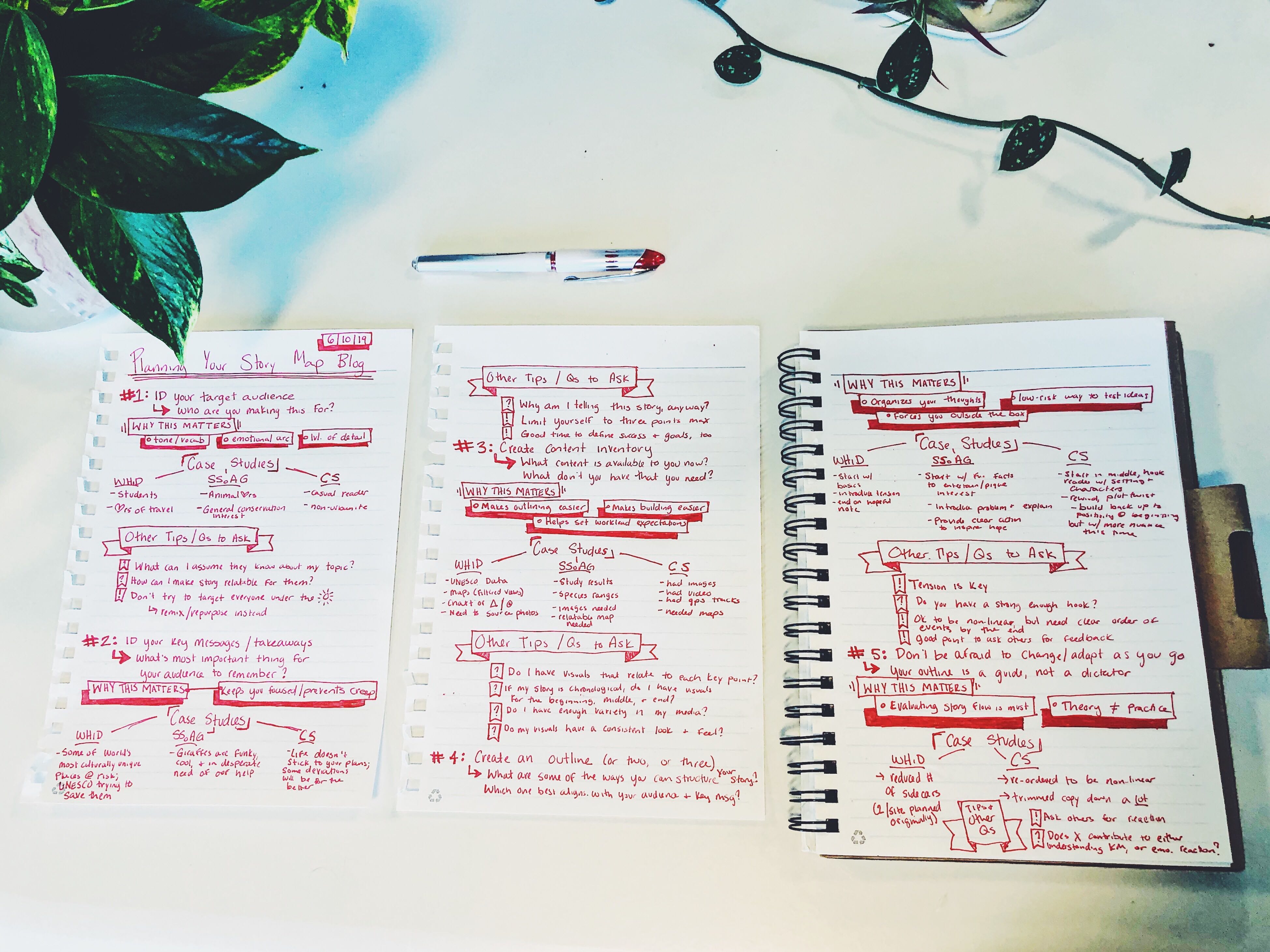
Keep in mind that there are countless ways to tell any single story. Some, of course, will be more effective than others—here’s where keeping your target audience and key messages in mind will be the most important.
Take time to experiment with a few different options as you work on your outline. Move elements around, and don’t be afraid to get a little unconventional. Then, step back and see how the new order flows. How does it make you feel? A step-by-step account of events as they unfolded may be easy for a reader to follow, but does it pull on their emotions enough to keep them reading all the way through? Outlines provide a very low-risk way of testing different ideas—you (and your readers) might be delightfully surprised by what you come up with when you think outside the box.
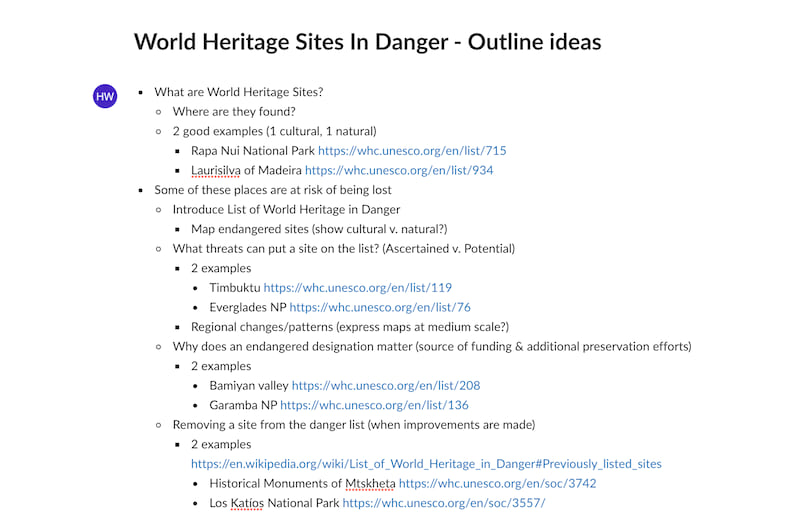
Keys to success:
- Make sure your story starts off with a compelling hook—something attention-grabbing or irresistible to suck your target audience in.
- Once you have your audience’s attention, keep it by introducing some tension to the narrative arc. Tension is what happens when there is a gap between what is (like a newly discovered giraffe species) and what could be (that species disappearing entirely, or existing for future generations to enjoy). Readers naturally want this tension to be resolved, and will stay engrossed in your story so long as they feel they’re making progress toward closing that gap.
- Once you’ve settled on an outline, run it by someone who resembles a member of your target audience. If you find that their takeaway isn’t what you hoped, it’s a lot easier to make adjustments at this stage than after you already assembled all your content in the story builder.
_______________
When it comes down to it, planning out your story is all about identifying and creating a compelling narrative arc; one that speaks to your audience’s interests, and clearly establishes your main point in their mind. Of course, storytelling is an iterative process, and chances are you’ll find something isn’t working quite as expected once you start putting all the pieces together. It’s okay to deviate from your outline and adapt your content when this happens. But defining your target audience and key message, then taking the time to find the story structure that best aligns with them will pay off massively in the long run.
Looking for more tips on telling a great story? Try this set of nine next. And when you’ve finished your next story map, let us know how it went! Did these pre-production steps help? Share your thoughts—and your finished story—with us on Twitter.

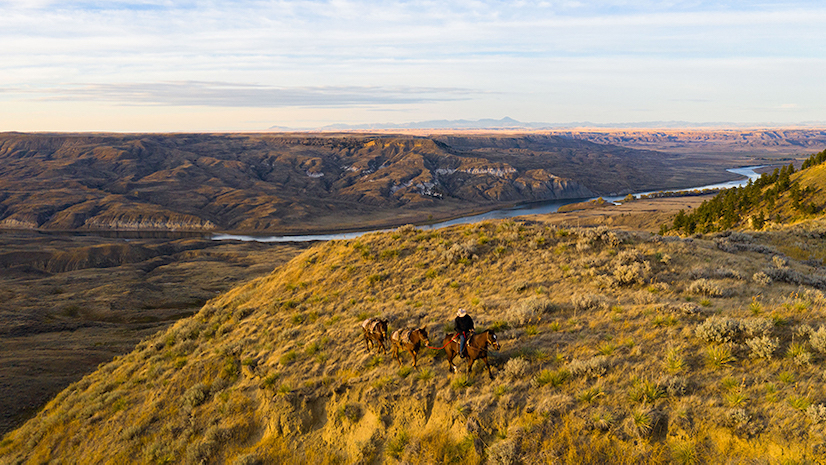

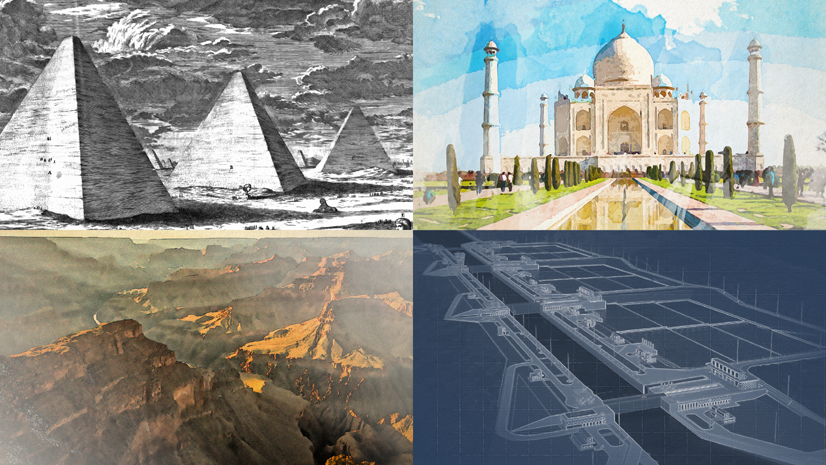
This was tremendously helpful! Thank you Hannah! We will be using this framework to gather proper requirements and design our Story Maps going forward.
So glad you found it useful!